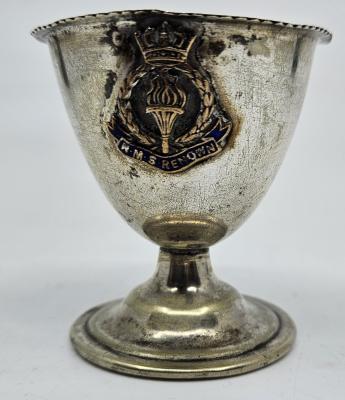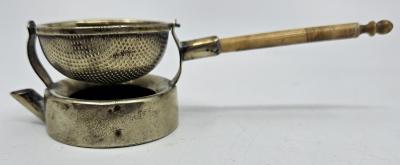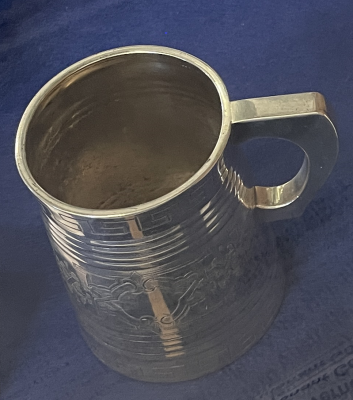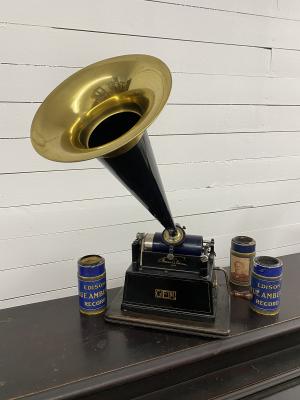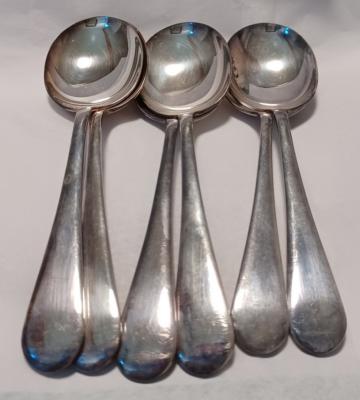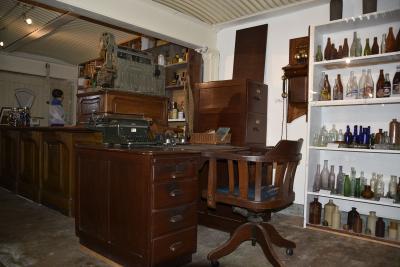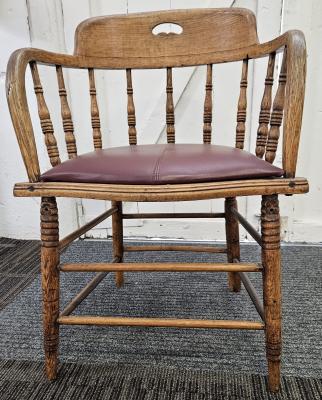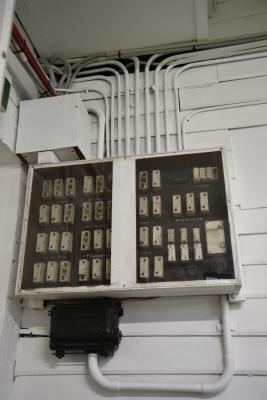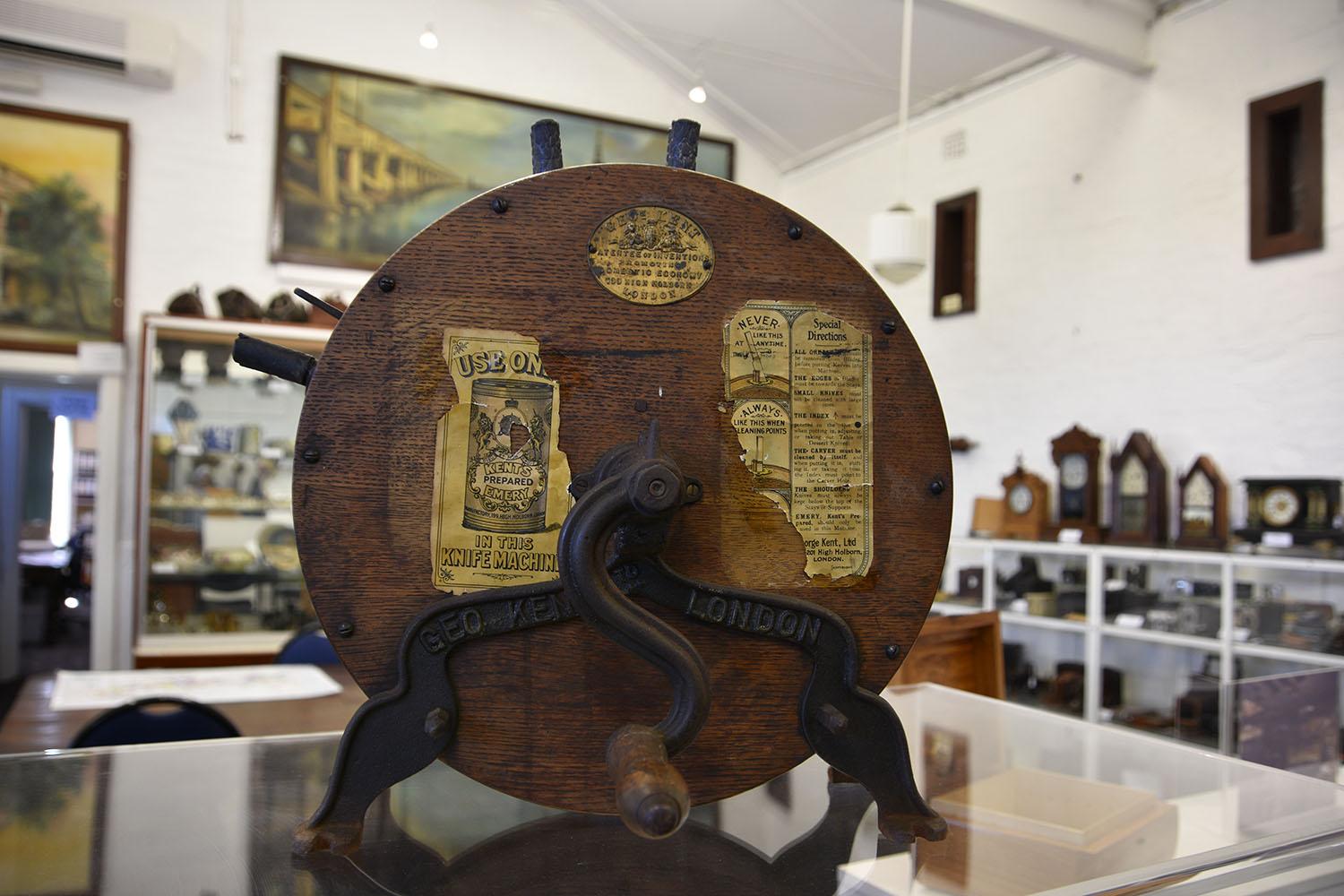Knife Sharpener
1890GEO Kent knife sharpener/cleaner.
The circular oak case is mounted on cast-iron legs, with an attractive Armorial brass maker's plate at the top inscribed "Geo Kent / Patentee of Inventions / Promoting Domestic Economy 199 High Holborn / London”, where the “Geo” is a shortening of “George”.
This is a Victorian rotary disc, hand-operated knife cleaning and sharpening machine used from about 1850 to around 1920. It is a stunning example of Victorian engineering at its very best which was made by George Kent of High Holborn London and was the most popular type of knife cleaning and sharpening machine in England in its time.
Prior to the introduction of stainless steel, knives rusted quickly and required constant washing and cleaning. Large households would have used machines like this on a daily basis. The company’s sales motto was ‘Time & Labour Saved’. This message was refined in contemporary advertising posters for later models as ‘Save Labour – Save Time’
Details
Details
Geo Kent Ltd. London. Badge: Geo Kent Patentee of Inventions Promoting Domestic Economy. 100 High Holborn London.
Paper labels:
USE ONLY Kents Prepared Emery IN THIS MACHINE.
Other paper label shows how to place the knife and how not to place knife in machine.
Special Directions; All Grease ___ must be removed from blades before putting knives in machine. The edges of blades must be towards the stays. Small knives must not be cleaned with large ones. The index must be pointed to the dot when putting in, adjusting or taking out Table or Dessert knives. The Carver must be cleaned by itself, and when putting it in , shifting it, or taking it out the index must point to the Carver Hole. The shoulders of knives must always be kept below the top of the stays or supports. Emery, Kents prepared should only be used in this machine. George Kent Ltd ___-201 High Holborn London. [Copyright]
To use the Knife Cleaner, knives are placed in the slots at the top of the rotary oak box. Inside are roller sharpeners, felt buffers and bristles which clean and polish both sides of the knife at the same time. An abrasive powder is poured through the chute and the rotary action constantly raises the polishing powder from the supply chute.
In Australia appliances like this would only have been used in commercial premises and this one was used in the kitchens of Cave House, Yallingup.
